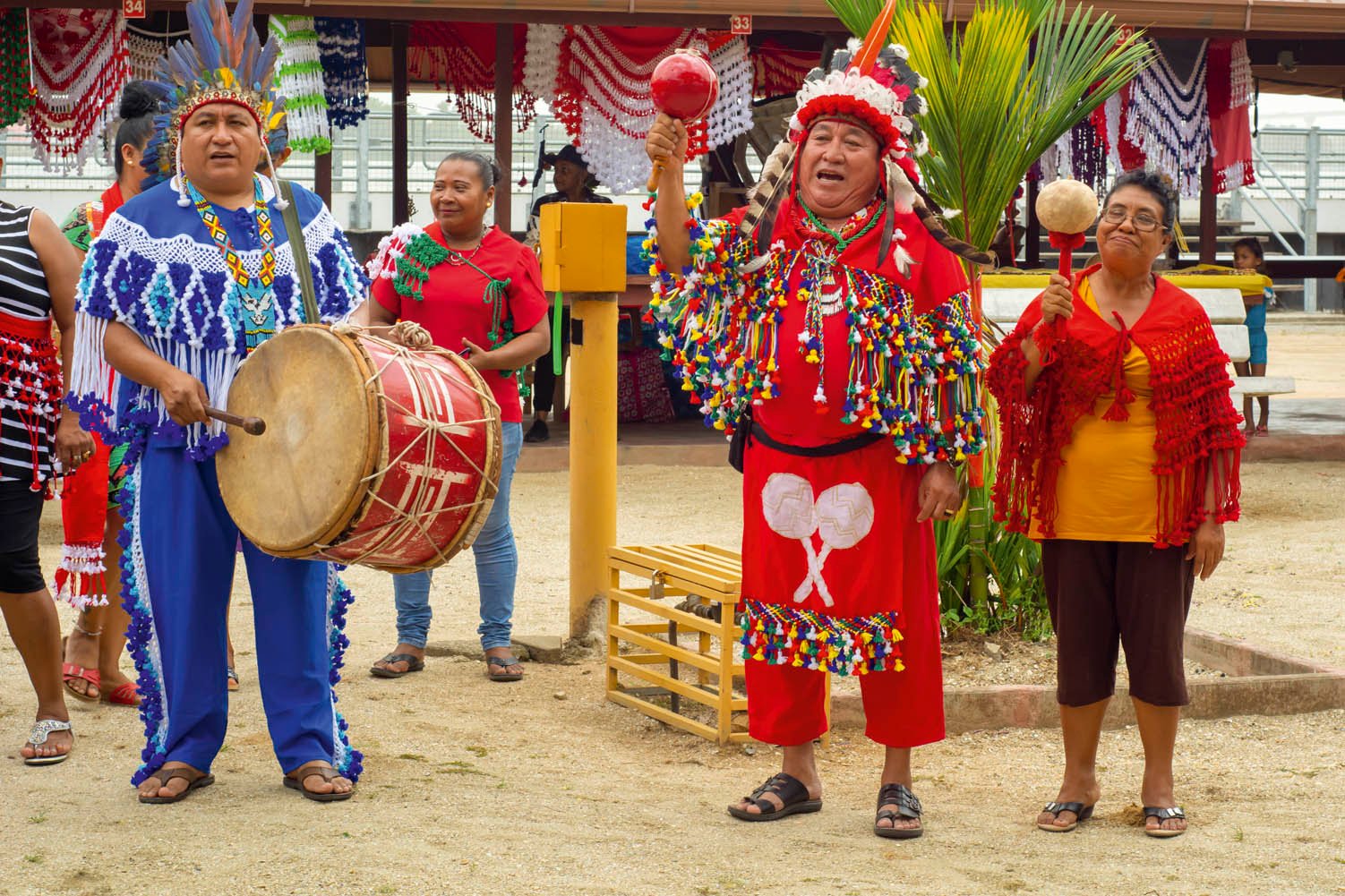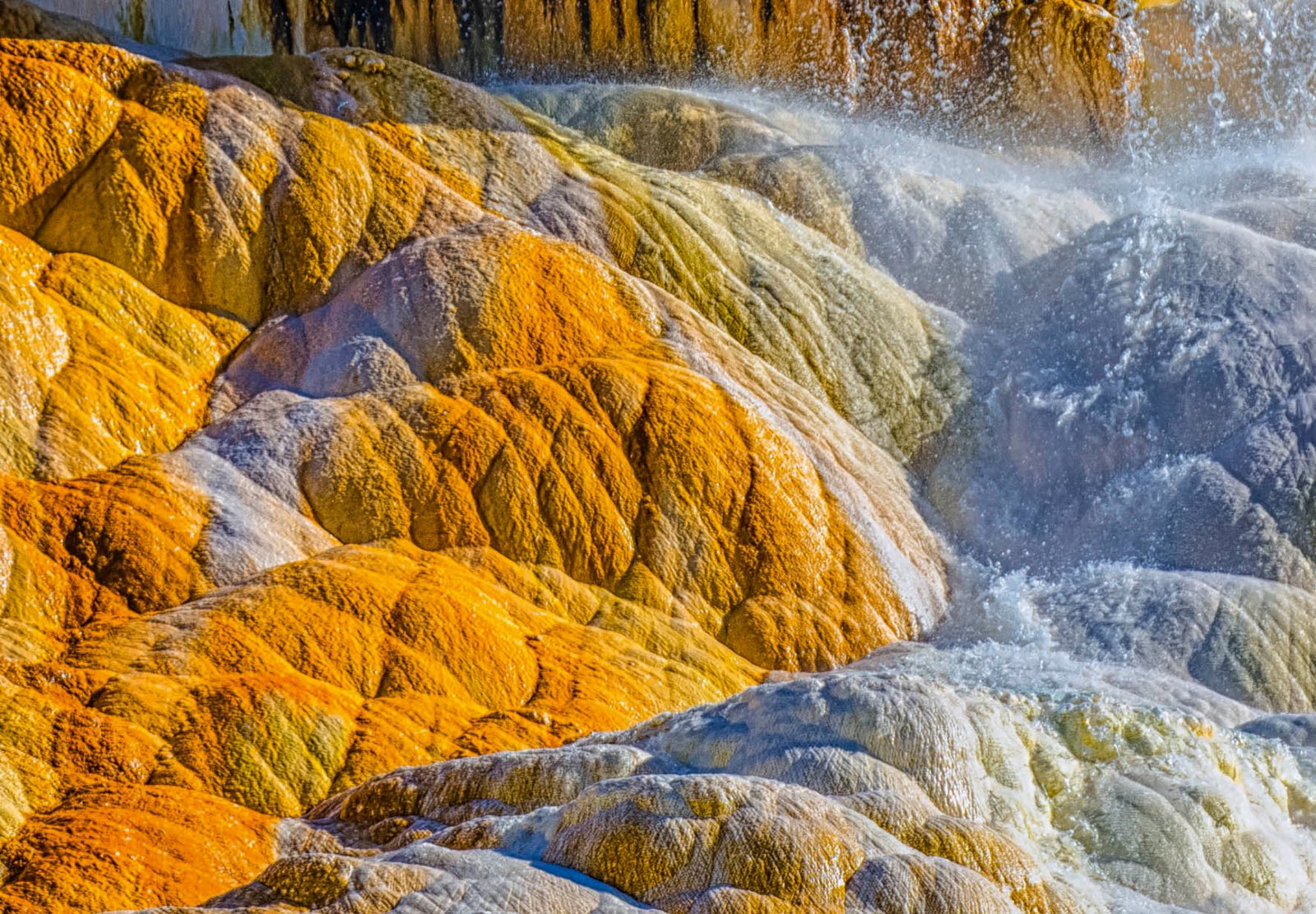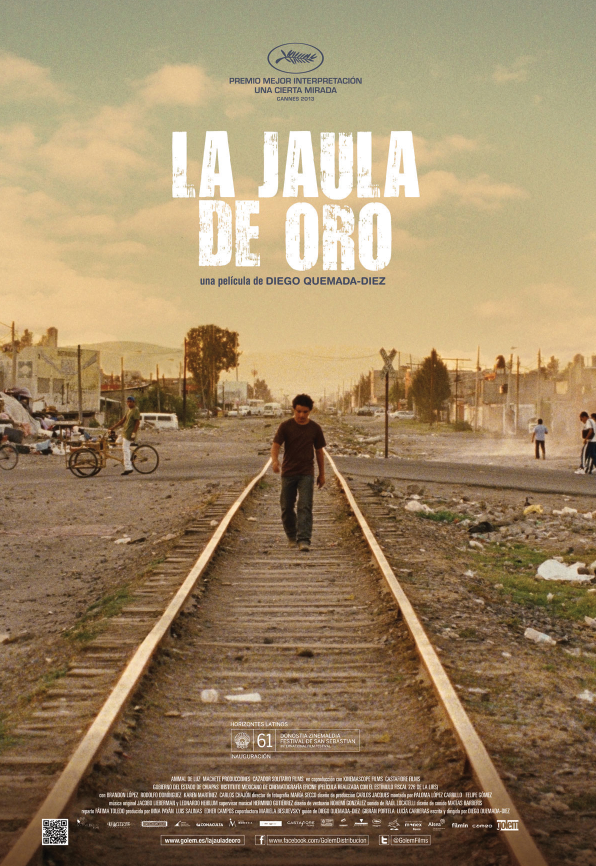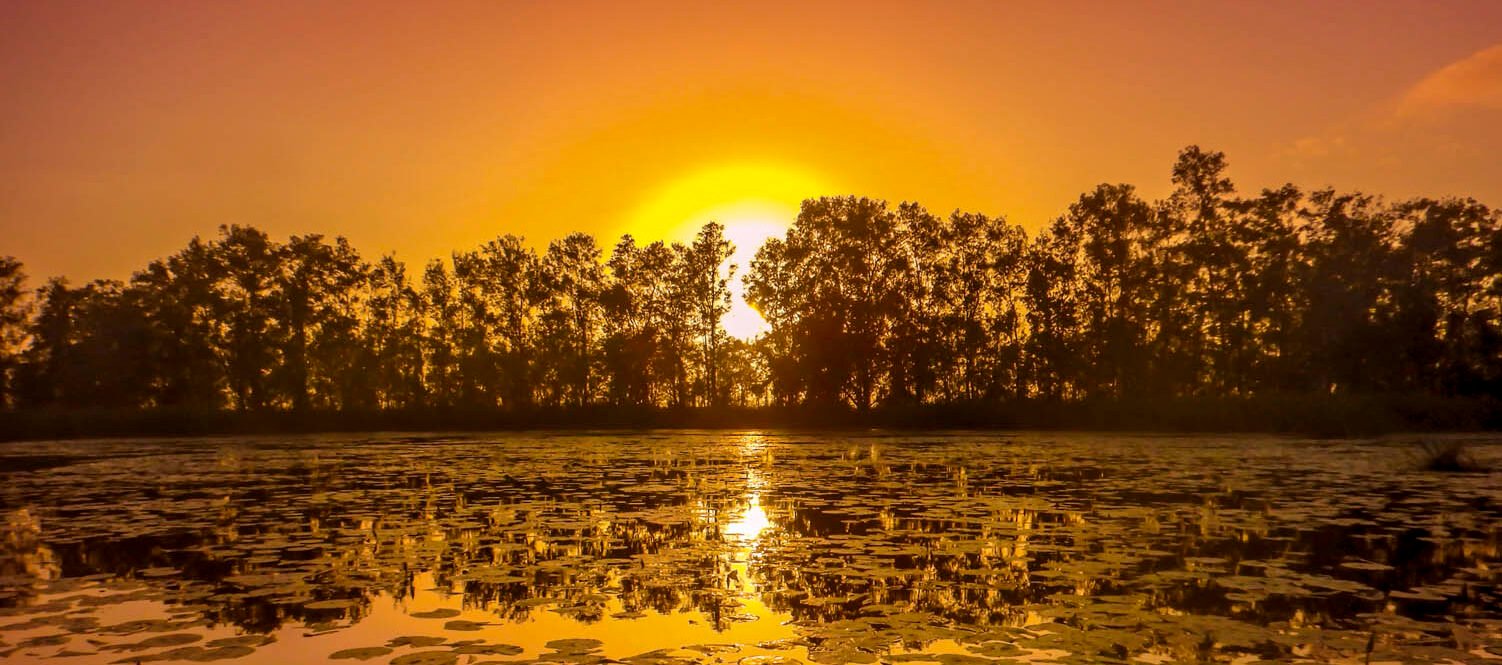
Suriname: The Greenest Country in the World
By: Margarita de Los Ríos
Photos: Javier Pinzón
A City in Wood
The capital of Suriname is Paramaribo and the heart of Paramaribo is Waterkant Street. The entire wooden city is on the world heritage list.
Waterkant Street
The city’s old quarter retains excellent examples of Colonial architecture.

Central Bank
One of the street’s trademark buildings is the Suriname Central Bank. The pediment is the work of outstanding local artist Erwin de Vries.
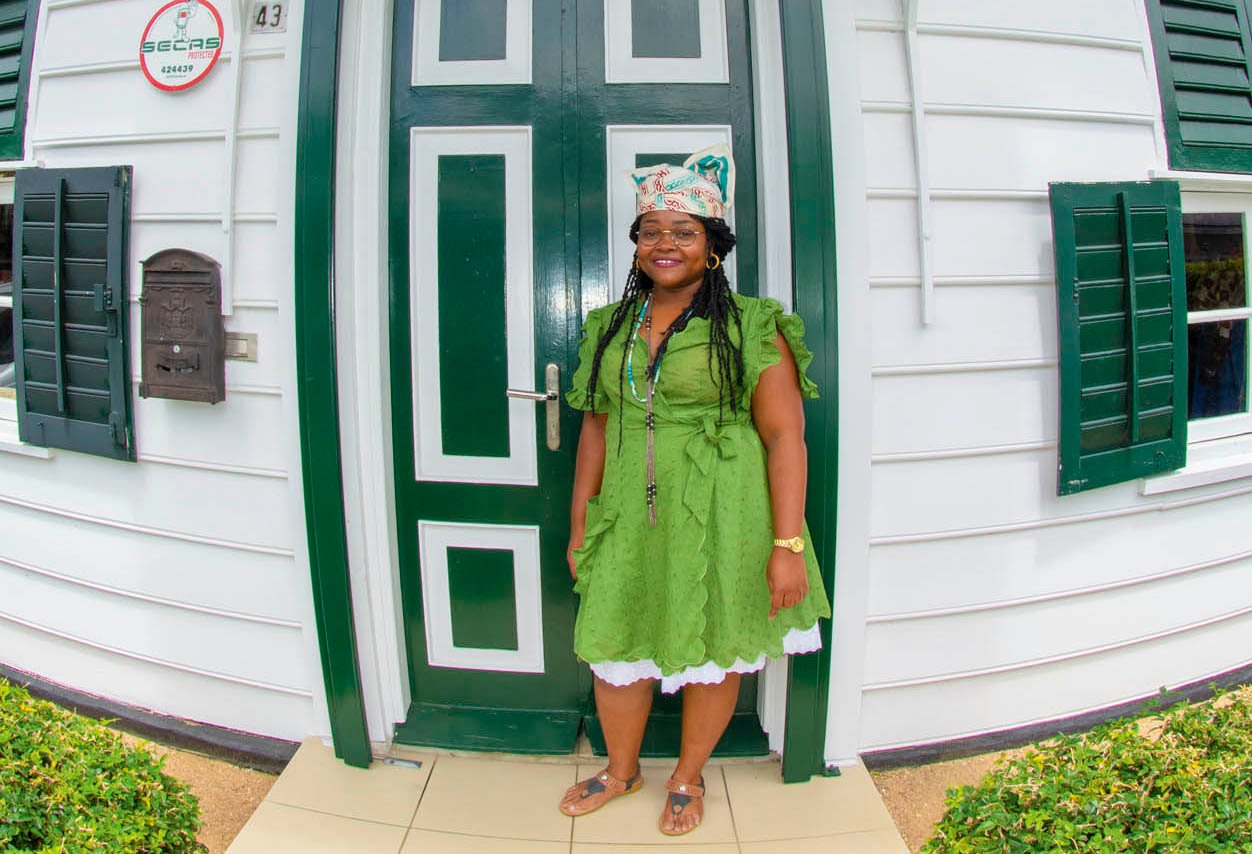
Kotomuseum
The Kotomuseum pays tribute to the women’s Kotomisi dress, a fashion introduced in the 1830s, during the Colonial period.
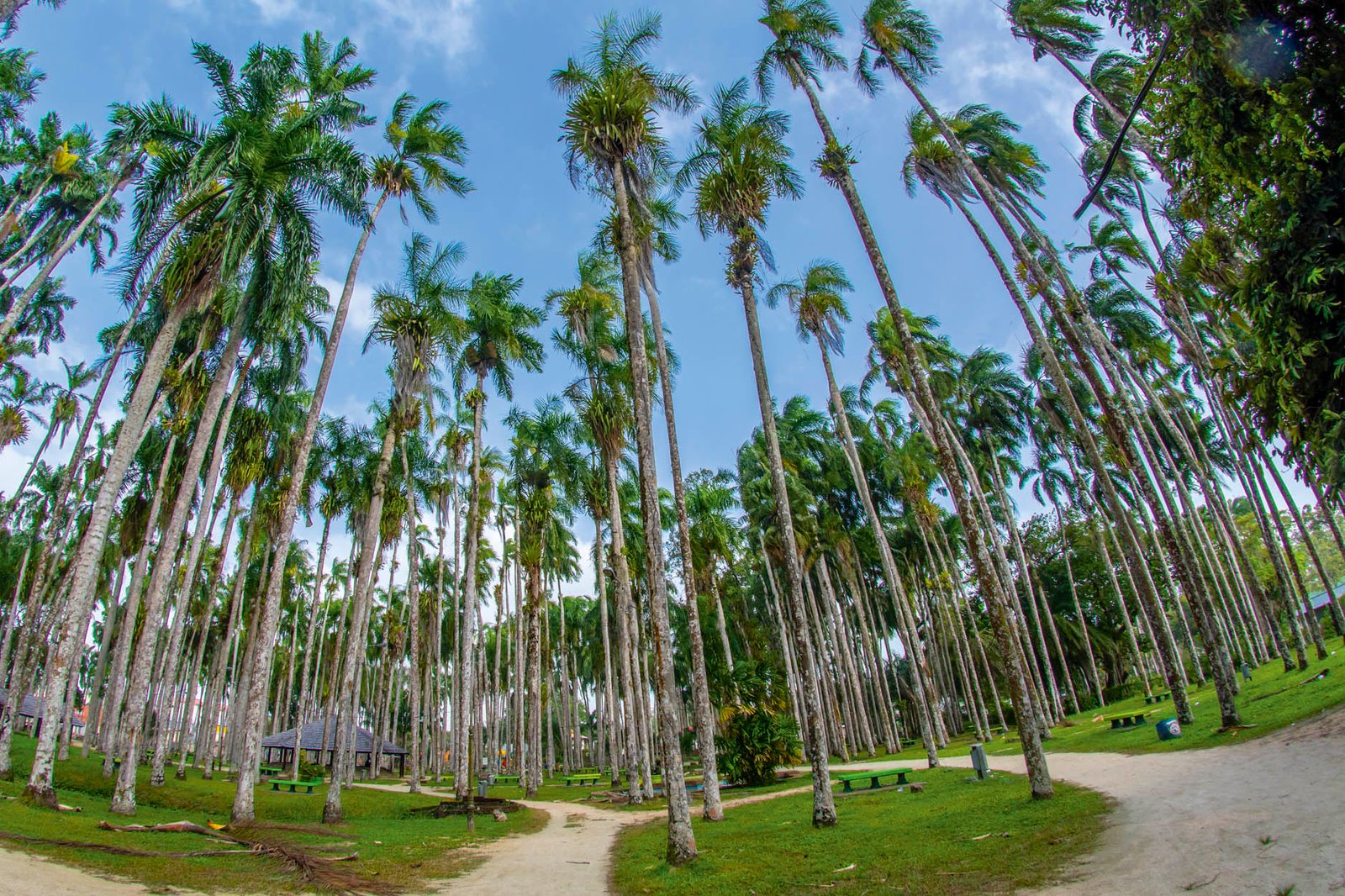
Palm Garden
This place is considered sacred by the Amerindians, who celebrate the national holiday of Indigenous People’s Day here on August 9. It is estimated that the pre-Colombian Amerindian population numbered around 70,000; some 19,000 remain.
A Multicultural Coexistence
Multiculturalism in Suriname is expressed in the custom of driving on the left (inherited from the English), the official language (a legacy of the Dutch), the most spoken language of Suriname: Sranan Tongo and the languages of the Maroon peoples. There is also a Suriname variant of Hindi, not to mention Javanese, Chinese, French, Spanish, English, and Portuguese.
Crafters Market
Amerindians share handicrafts and music with tourists on the banks of the Suriname River.
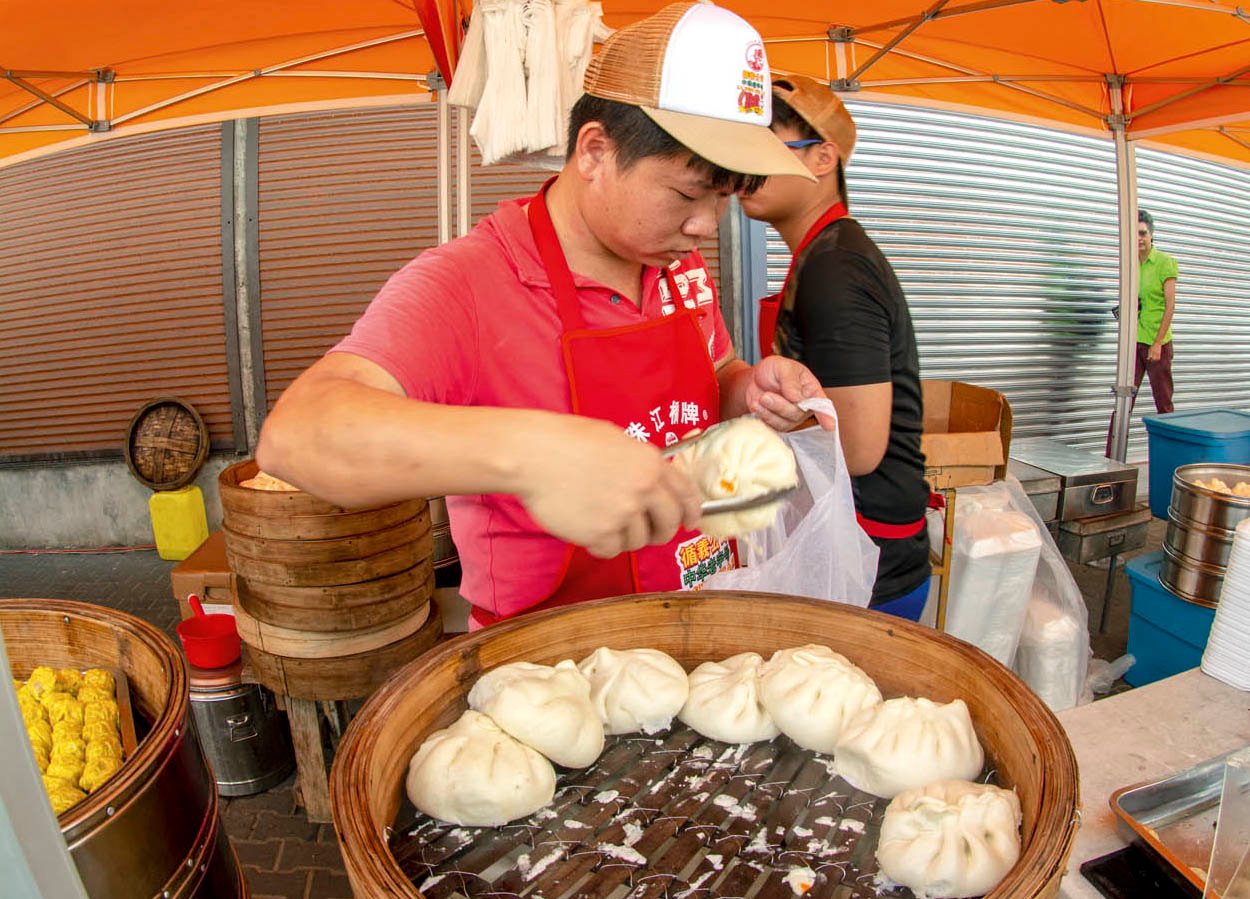
Javanese and Chinese Market
The Javanese sell a variety of spices, while the Chinese offer traditional foods and blends of tea.
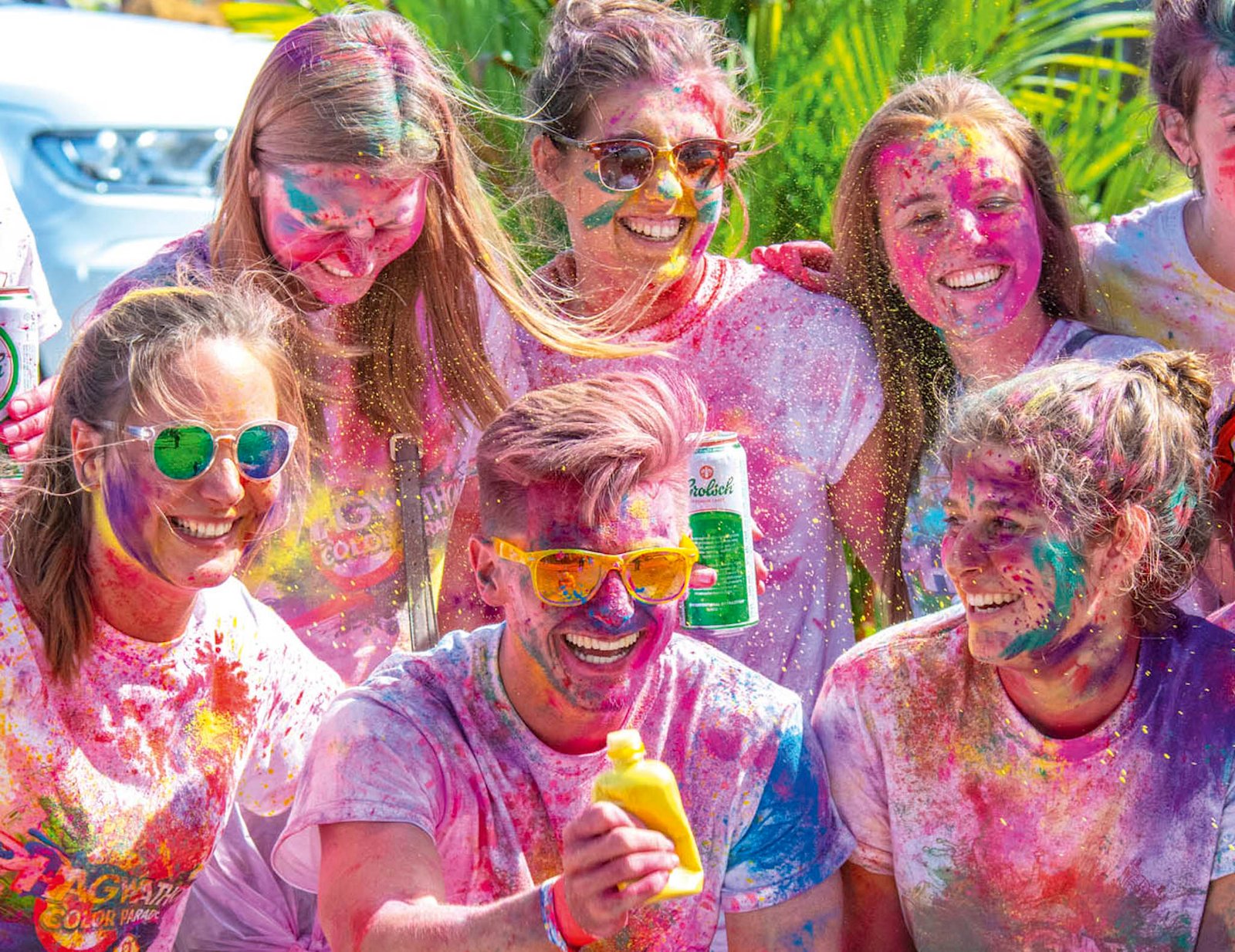
Holi Phagwa
On the first full moon of spring the Holika Dahan is celebrated with a giant bonfire commemorating the triumph of good over evil. It also celebrates the arrival of spring with the Holi Phagwa, a great carnival where everyone throws colored powders.
The Fervor of Faith
Each community has its own national day, which appears on the calendar as a civic holiday. In addition to Holi, Amerindian Day, Abolition of Slavery (The 1st of July) Chinese New Year, and the end of Ramadan are among the festivals celebrated here. Manifestations of religion are likewise a reflection of Suriname’s multiculturalism.
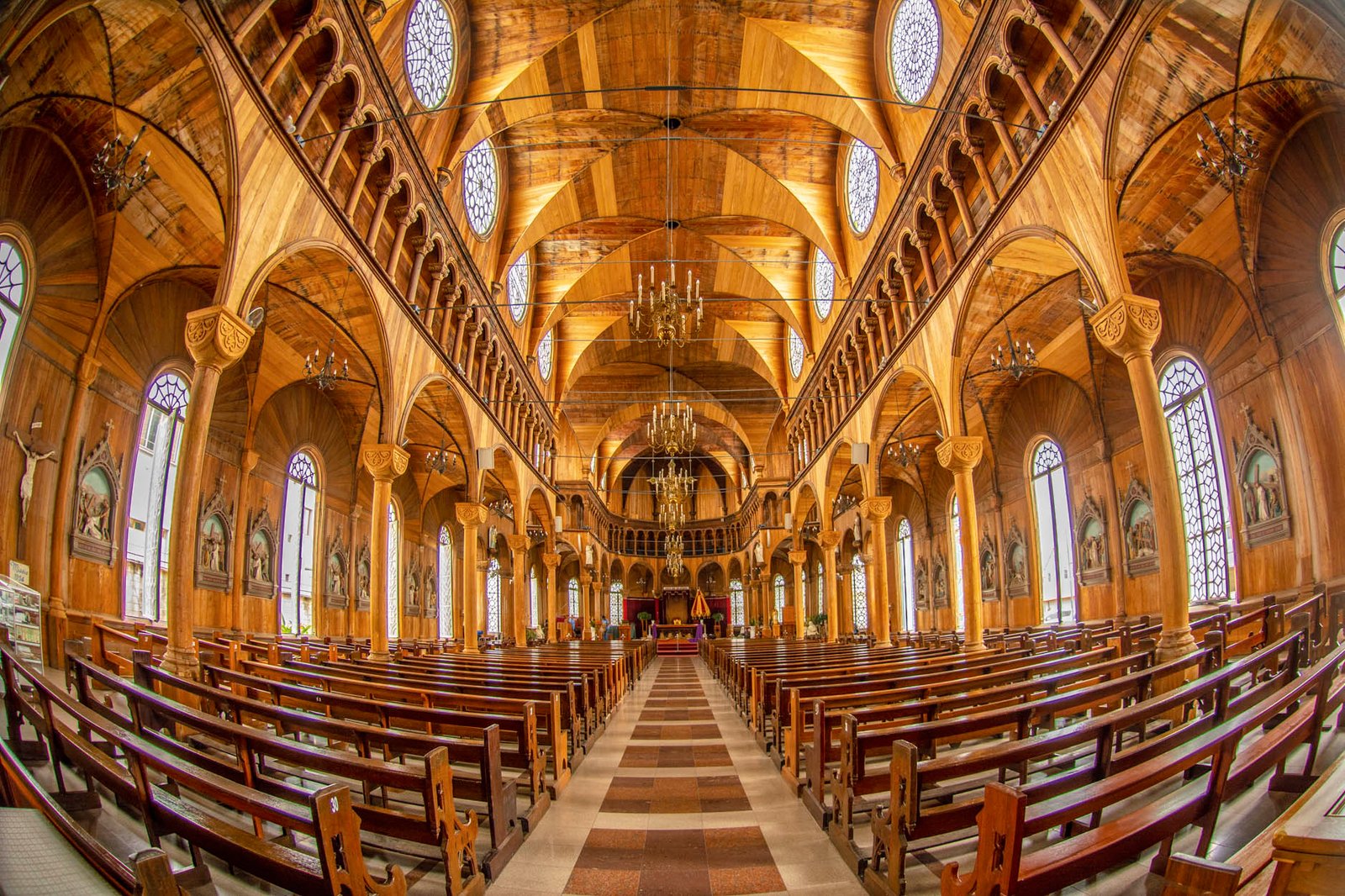
The Basilica
The Minor Basilica San Pedro and San Pablo is, along with the Cathedral of Guyana, one of the largest wooden buildings in the world. Its construction began in 1883 and culminated in 1888. The church measures 328 feet long by 82 feet wide; the tower rises 115 feet into the air.
Keizerstraat Mosque
Finished in 1984, this is the headquarters of the Ahmadia Lahore Movement and the heart of Islam in Paramaribo.
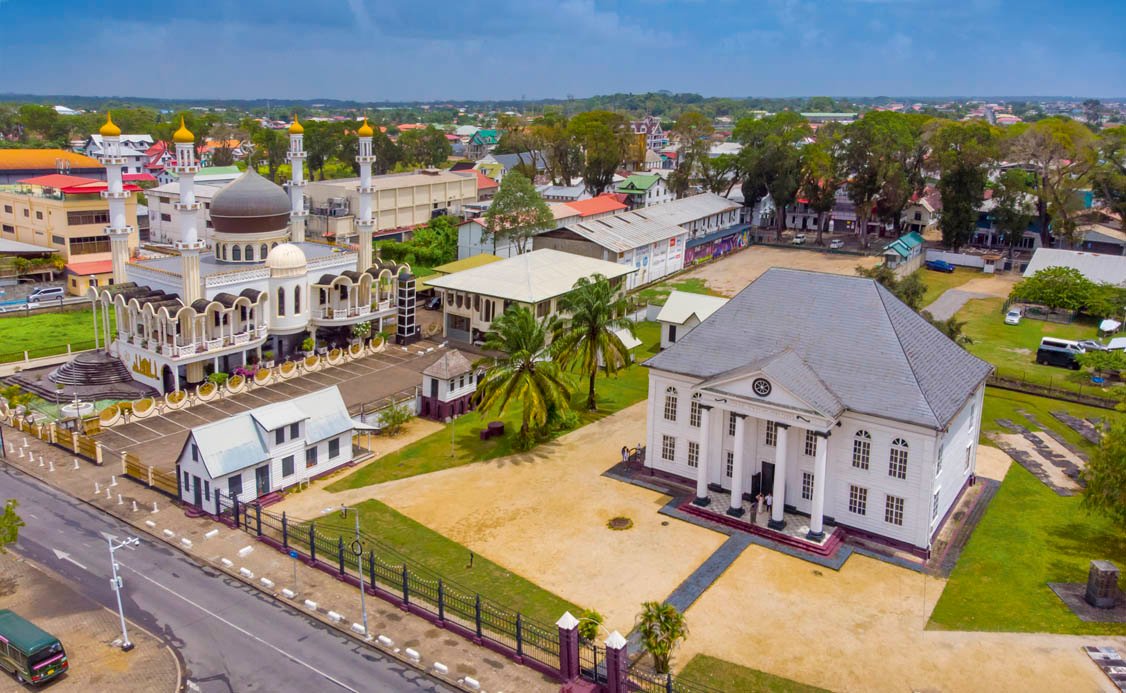
Neve Shalom Synagogue
The original structure was finished in 1723 by Sephardic Jews, who sold it to Ashkenazi Jews in 1735. The current building was designed by architect JF Halfhide in the 18th century.
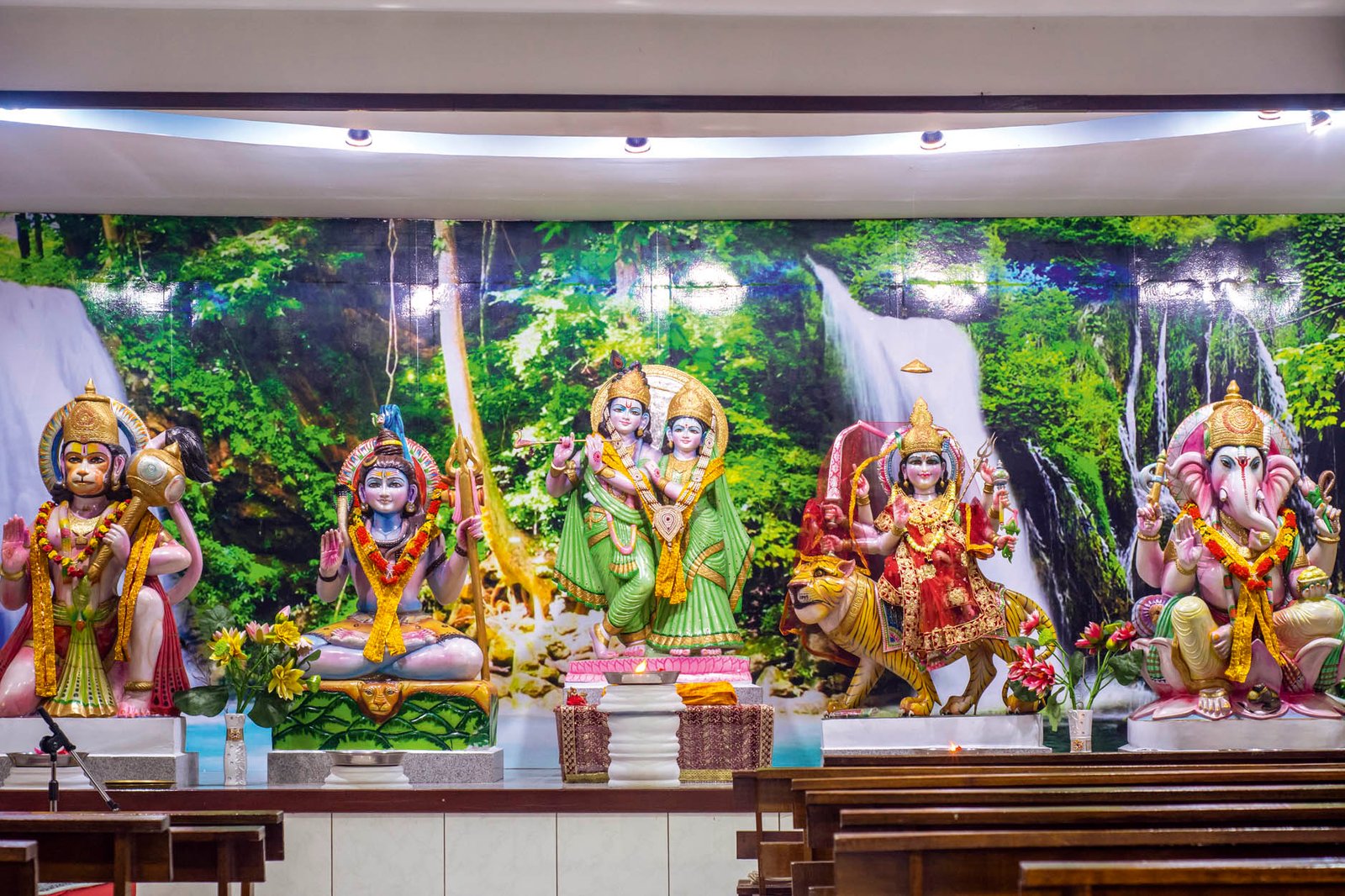
Shri Radha Krishna Mandir Temple
Hindu temples are at the center of Holika Dahan celebrations.
Slavery on the Plantations
When the economy was based on enslaved labor, plantations were common along the banks of upper the Commeweijne River, and the mid-upper Suriname River, in the north of the country. When the New Amsterdam Fort was built in 1747, plantations extended practically to the lower Suriname and Commeweijne River delta, a complex of swamps with mud subsoil. The Dutch figured out how to use the wetlands as a system of reservoirs and irrigation canals.

Clevia Plantation
Inherited by Elizabeth Samson, the first free and wealthy black woman in Suriname. Today the plantation includes a restaurant, a museum, and a market selling wellness products.

Frederickdorp Plantation
Like most plantations, it was abandoned after the abolition of slavery; it was recently turned into a tourism complex.
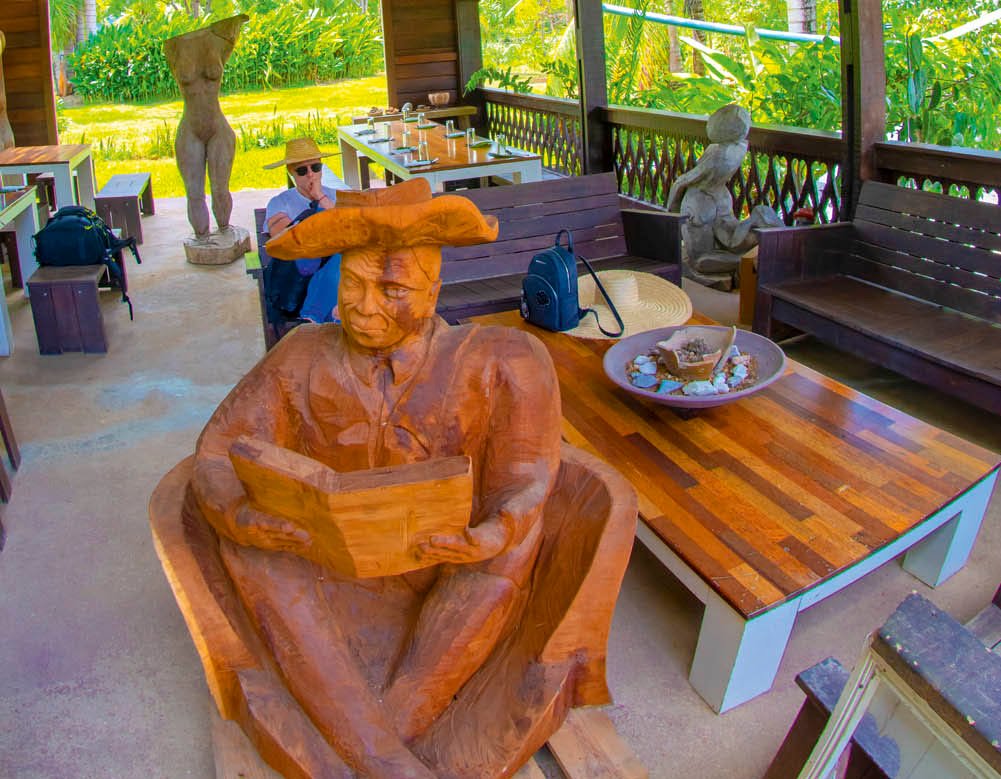
Bakkie or Reyndorp Plantation
Marsha Mormon, a Suriname woman brought up in Holland, returned in 2008 in search of the lands her great-grandparents acquired after slavery. The plantation features a museum, a heritage garden and a swamp tour.
Johan and Margaretha
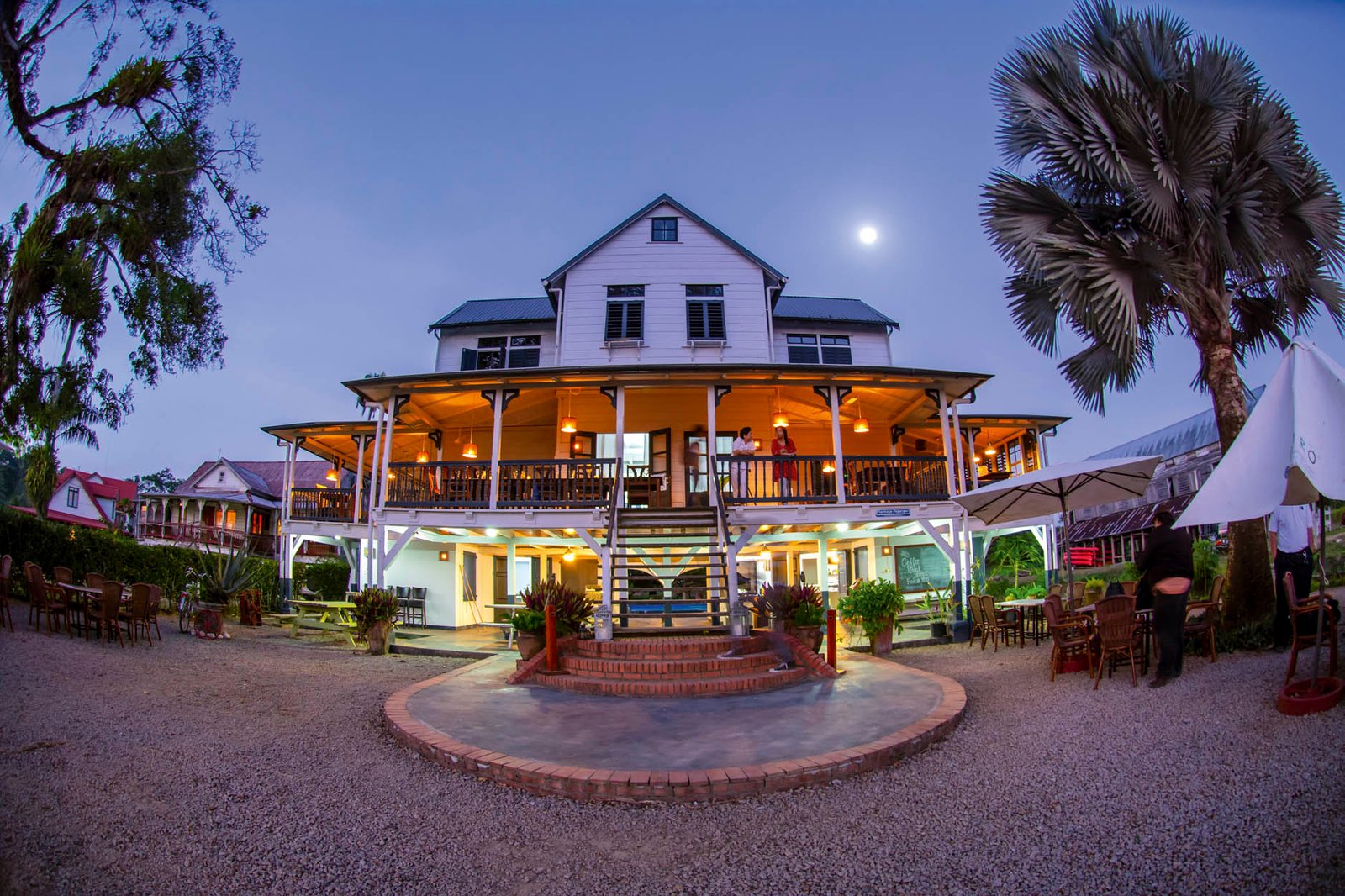 This wonderful restaurant is a good place to appreciate the system of locks used by the Dutch to regulate the flow of water.
This wonderful restaurant is a good place to appreciate the system of locks used by the Dutch to regulate the flow of water.
The Abundance of Mangroves and Irrigation Canals
Suriname has more mangrove forests and shore birds than the entire northern coast of South America. The country owes this abundance to the effect of Amazonian waters that flow into the Atlantic many miles away, but still influence the ecosystem through sediments that create a system rich in nutrients.
The swamps
The mangrove swamps, canals, reservoirs, and lakes around the plantations form a watery labyrinth.
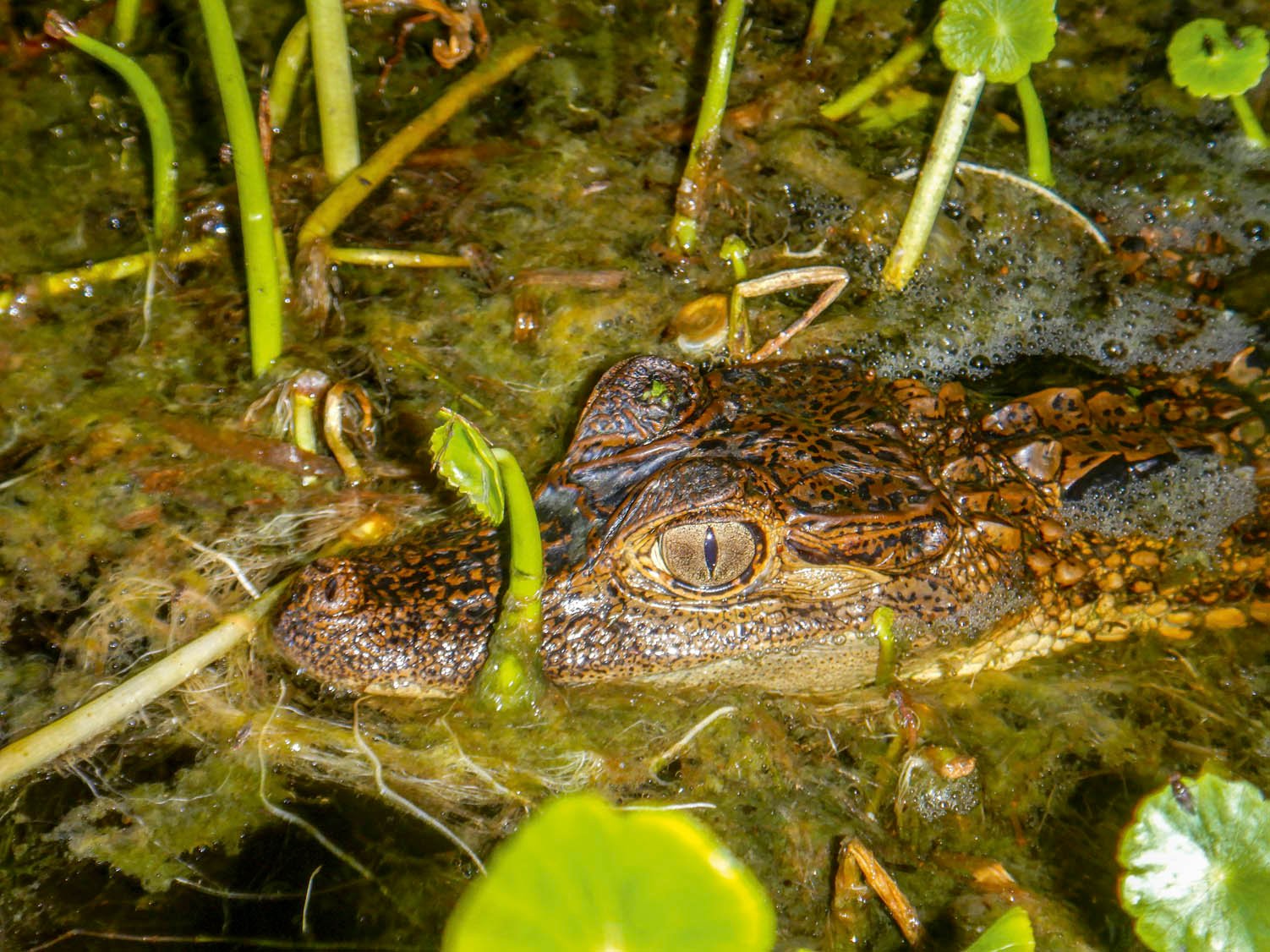
Fauna
The night reveals surprises among the swamp vegetation.
Maroons in Liberty
Arriving in Saamaka takes visitors over the dense forest that covers 90% of Suriname. Below, on the banks of the Suriname River, stands this Maroon nation, which includes two villages, Botopasi and Pikinslee, which are still inhabited by descendants of Africans who refused to accept slavery. Many fled as soon as they set foot on land after crossing the ocean and others did so after suffering many indignities. The Maroons were so fierce that 100 years of war waged by the Colonial power was unable to subdue them. They gained their freedom and were granted land and territorial rights in 1760.
Suriname is home to six Maroon nations. Except for the Kwinti, each one has a supreme chief or granman, who leads a team of capitans or kapiteins in governing the villages.
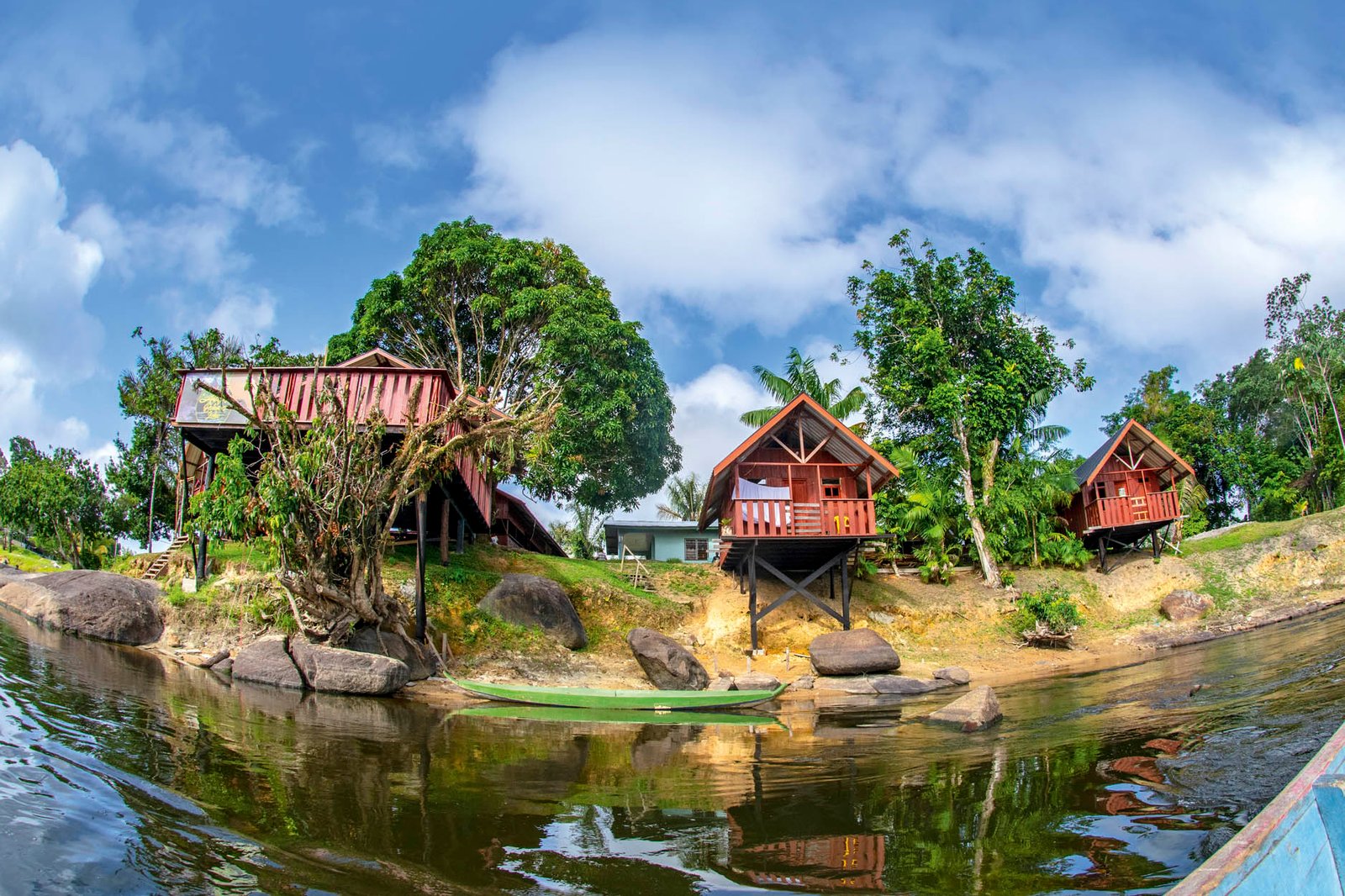
Culture
Joney Doekoe heads the Pikinslee Museum, which preserves the history of the Saamaka Maroons.
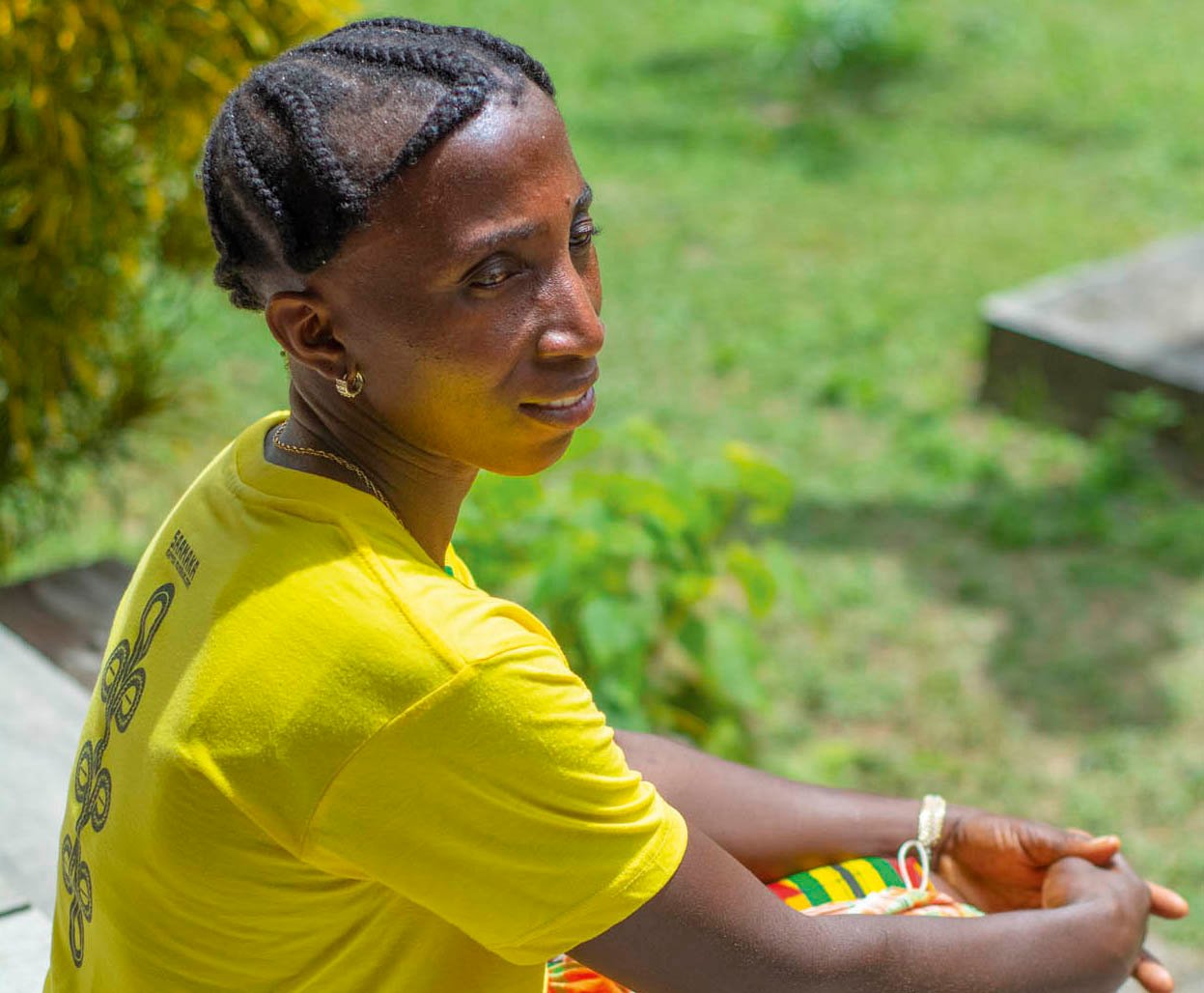
Artists
Artists specializing in wood sculpture are members of the Totomboti cooperative. The name means “woodpecker.”
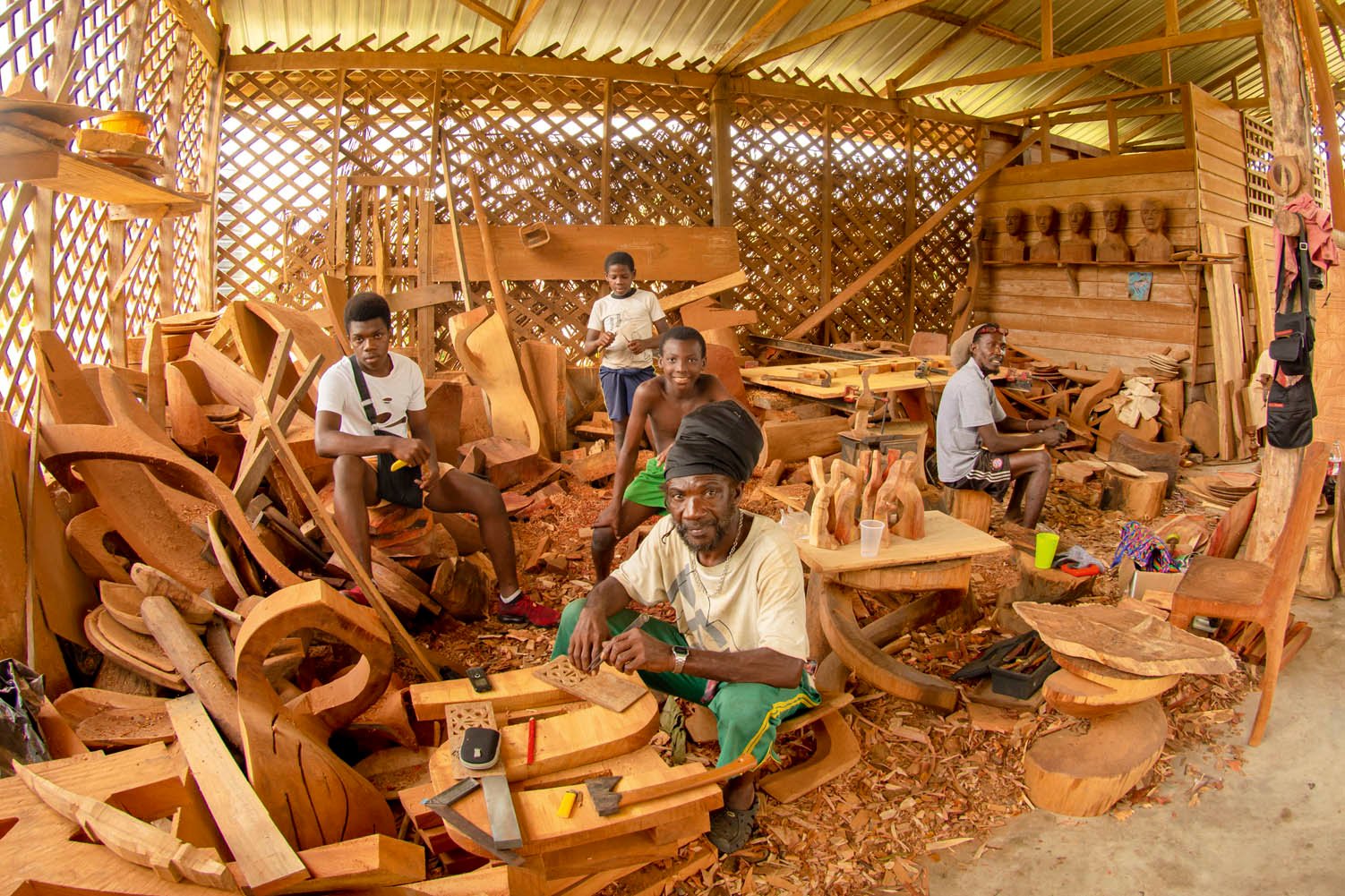
Whitewater Fun
There are many ways to have fun in the middle of the jungle. Comfortable resorts offer excursions to magnificent natural wonders during the day and music and good food take over at night.
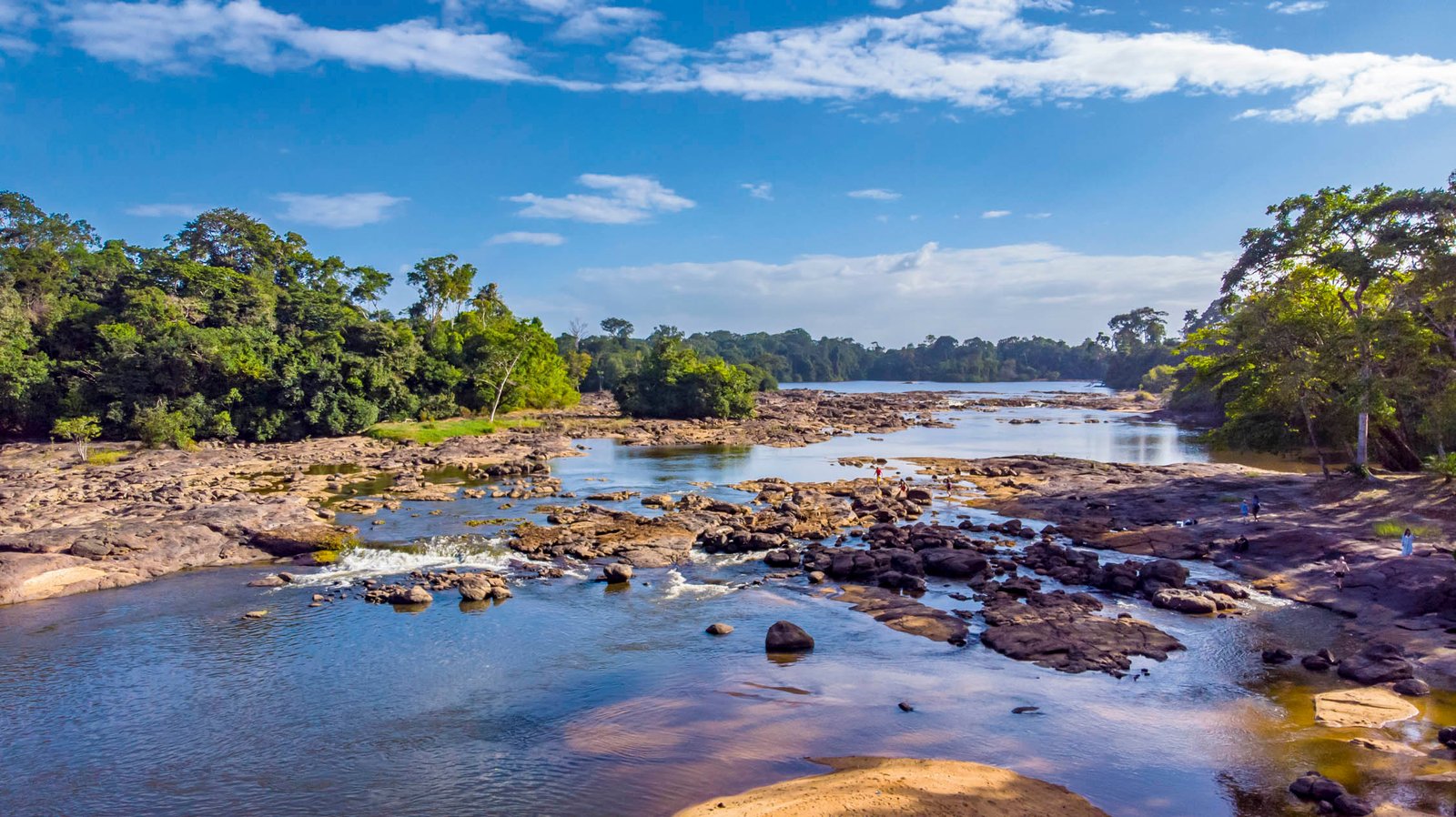
Upper Suriname
Ferulasi Sula is a stretch of whitewater on the Suriname River, where running the rapids around boulders is an exciting adventure.
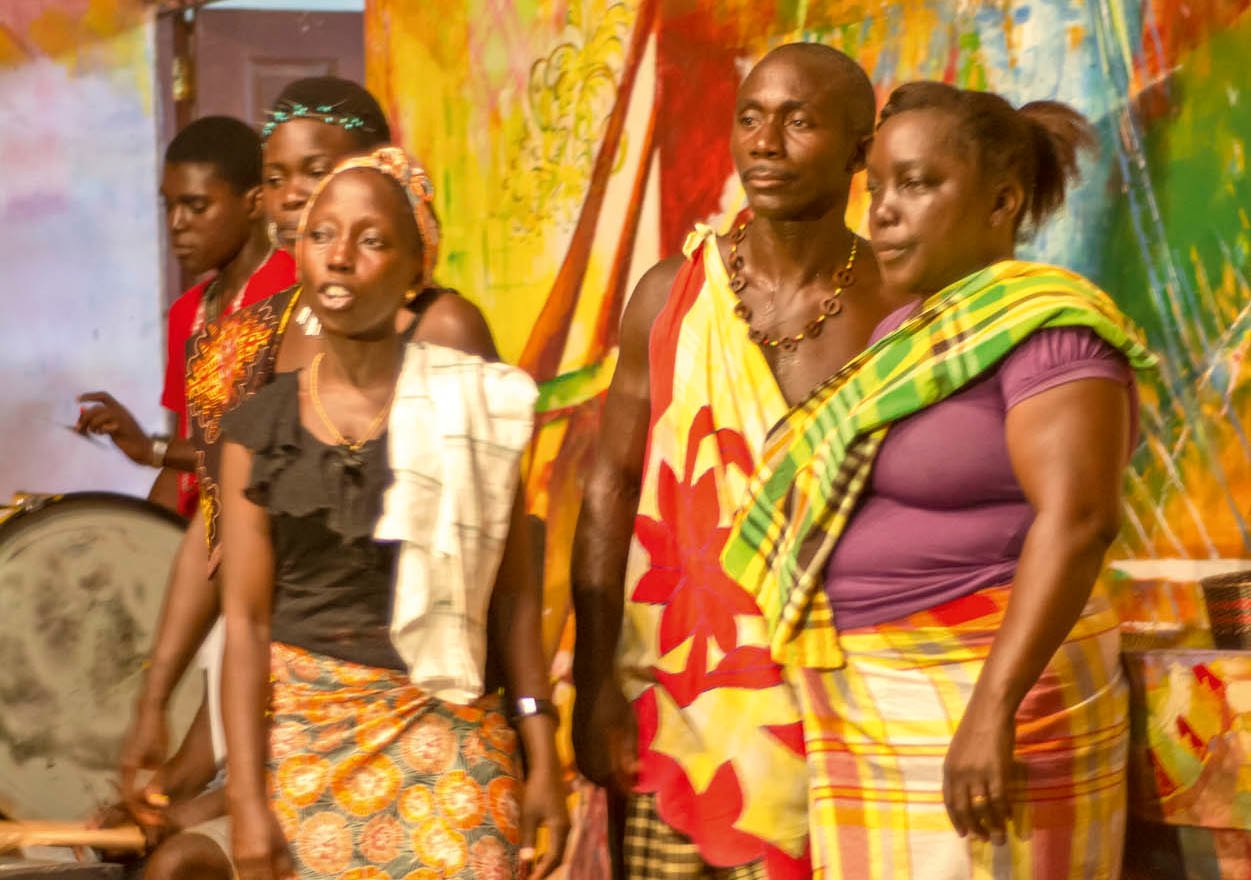
Folklore
Nights at the Anaula Resort are enlivened by music and folklore.
Comfort
Knini Paatii, in the heart of the jungle, is one of the most elegant resorts.

